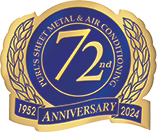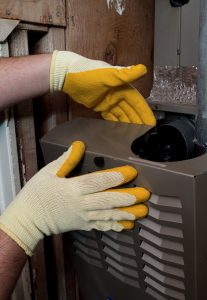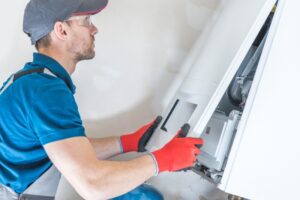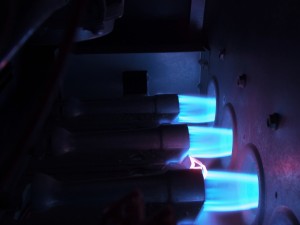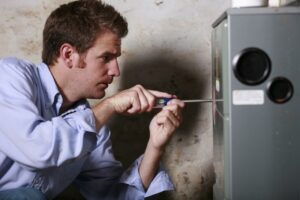Fall is the perfect reminder that winter is just around the corner. For homeowners, this shift in seasons means it’s time to focus on preparing their heating systems for the colder months ahead. One of the most important tasks on the fall to-do list is scheduling an HVAC maintenance tune-up and inspection.
We highly recommend locals take advantage of this time to ensure their heating Merced, CA, HVAC systems are ready for the demands of winter. If you’re looking for added peace of mind, our Ultimate Service Agreement offers the best in preventive care.

